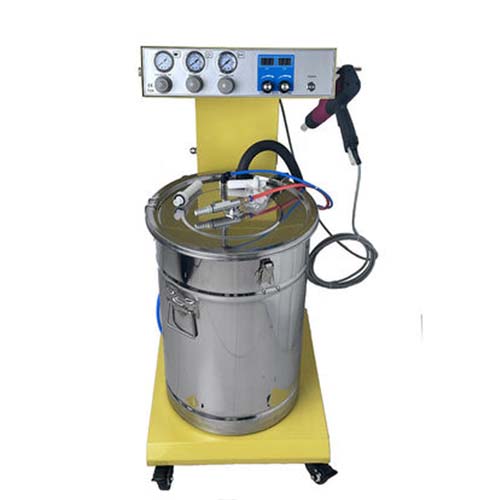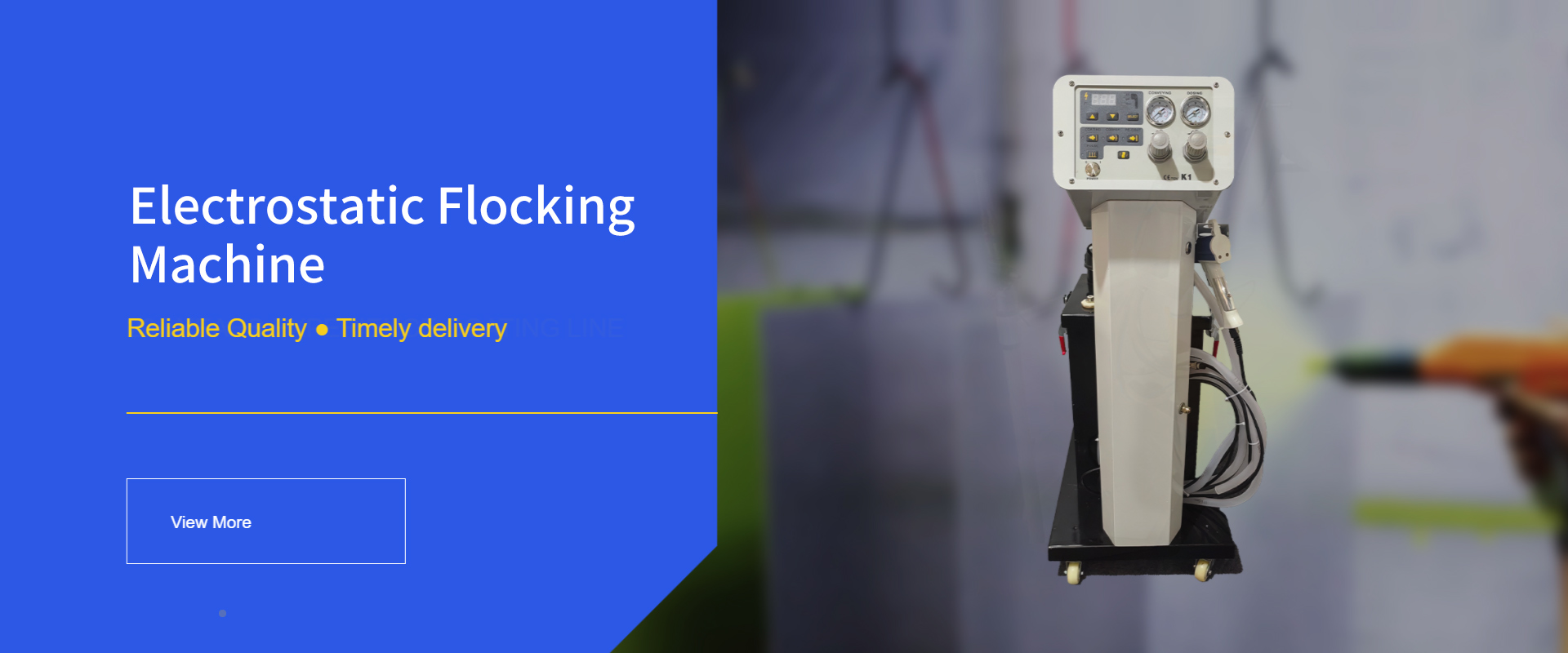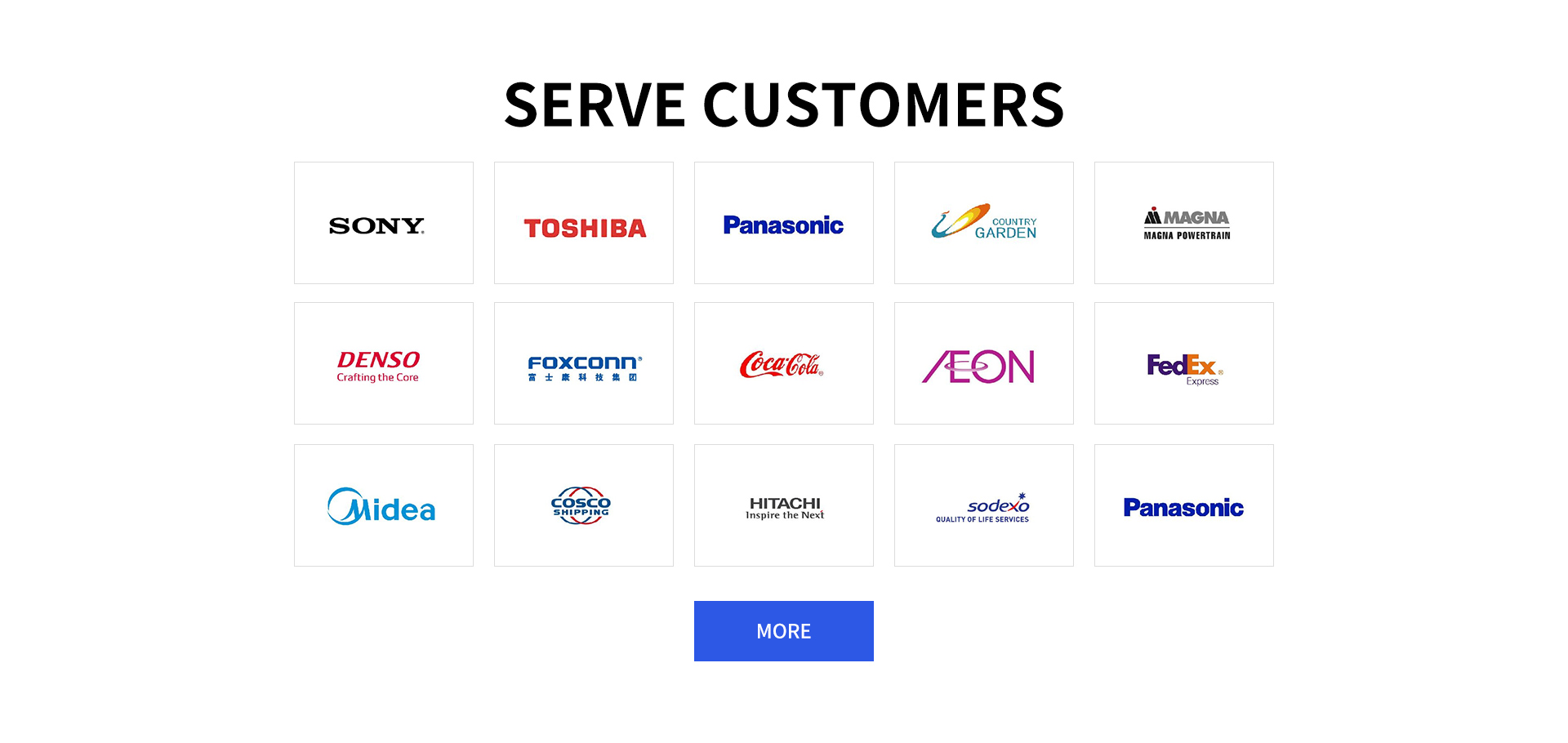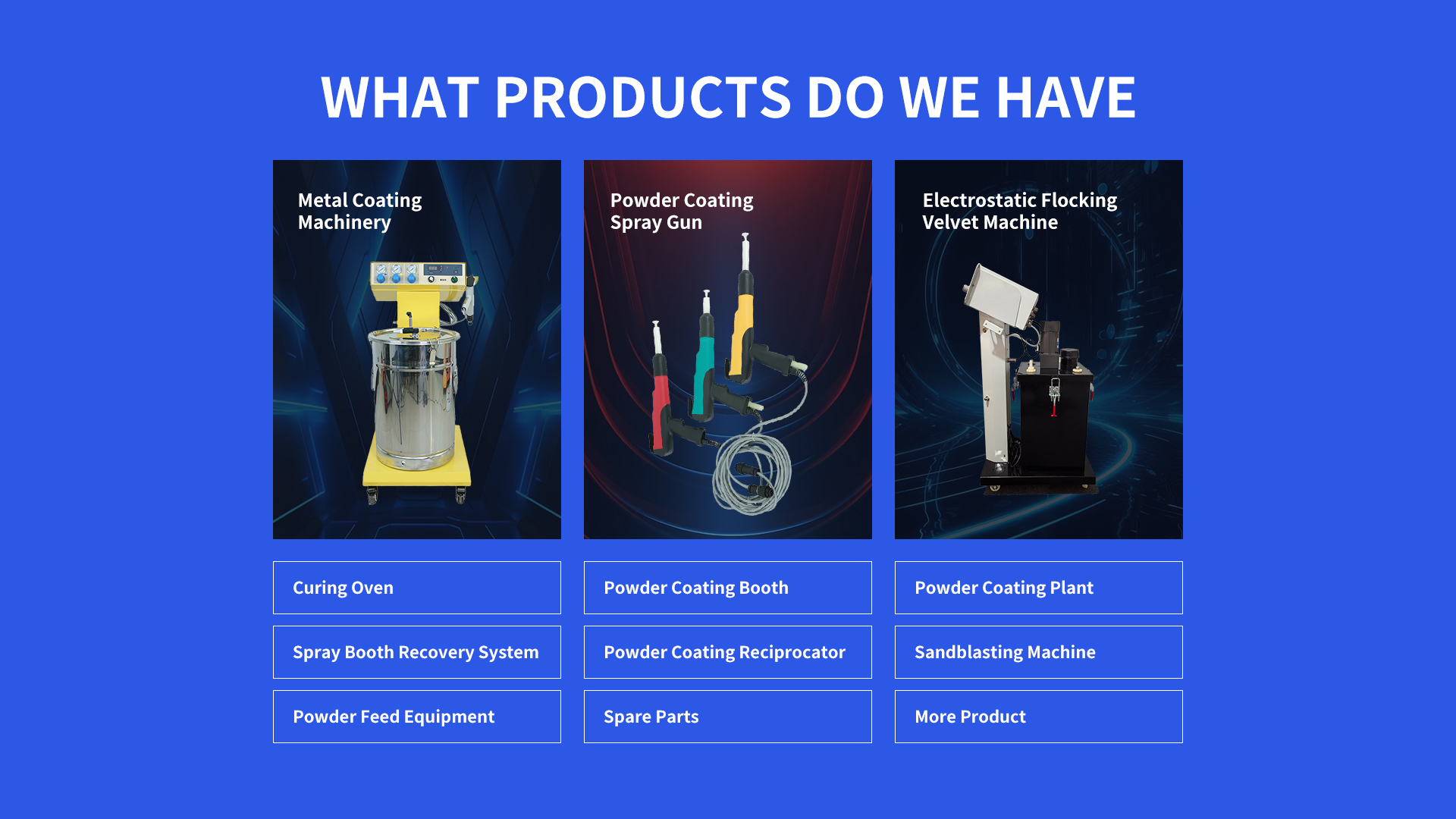Automatic Spray Painting Equipment: A Buyer's Comprehensive Resource
Automatic Spray Painting Equipment meets diverse market needs. It’s used in bicycle manufacturing for frame painting, kitchen appliance production for cabinet coating, and aerospace for small part finishing. Prices range: entry-level machines start at (4,500, while high-end industrial systems cost up to )220,000, fitting small workshops and large factories.

Automatic Spray Painting Equipment: Coating Project Introduction
Automatic Spray Painting Equipment handles various coating tasks. Bicycle factories use it to apply colorful paints on frames, ensuring smooth and chip-resistant finishes. Kitchen appliance makers rely on it to coat cabinet panels, achieving uniform textures that resist stains. Aerospace facilities employ it for painting small metal parts, providing protective layers that withstand extreme conditions.
Automatic Spray Painting Equipment: Surface Treatment Process Technology
Automatic Spray Painting Equipment integrates advanced surface treatment. For bicycle frames, acid pickling removes rust and scales, creating a clean base for paint. For kitchen cabinets, ozone treatment eliminates bacteria and oils, enhancing paint adhesion. These processes ensure coatings bond tightly, extending product life and maintaining appearance.
Automatic Spray Painting Equipment: What Is It
Automatic Spray Painting Equipment is a mechanized system designed to apply paint automatically. It uses programmable arms or conveyors to spray paint on workpieces, controlled by settings for pressure, speed, and pattern. It reduces manual work, ensuring consistent coverage on materials like metal, wood, and plastic across various production scales.
Automatic Spray Painting Equipment: Component Breakdown
Mechanical Arm: Moves the spray gun in pre-set paths. It has multiple joints for flexible movement, reaching all areas of irregularly shaped workpieces. Adjustable speed allows it to adapt to different painting requirements, from detailed work to large surface coverage.
Paint Delivery System: Includes a tank, filters, and hoses. The tank stores paint, filters remove impurities to prevent nozzle clogs, and hoses deliver paint to the gun at stable pressure. It works with various paint types, adjusting flow based on viscosity.
Sensor System: Monitors workpiece position and paint flow. Sensors detect if a workpiece is in place before spraying, avoiding waste. They also alert operators to low paint levels or blockages, ensuring continuous operation.
Automatic Spray Painting Equipment: Advantages
Automatic Spray Painting Equipment offers key benefits. It ensures consistent paint thickness and color, reducing product defects. It increases production speed, handling more workpieces than manual painting. It cuts paint waste by precise application, lowering material costs. Its adaptability to different materials and shapes makes it versatile for diverse industries.
Automatic Spray Painting Equipment: Q&A
How to Select Automatic Spray Painting Equipment for Bicycle Manufacturing
How to Set Up Automatic Spray Painting Equipment for First-Time Use in a Workshop
Position the equipment on a level surface to prevent movement during operation. Calibrate the mechanical arm using a test workpiece, adjusting path settings for full coverage. Fill the paint tank with strained paint, prime the delivery system to remove air bubbles. Test spray on a scrap piece, adjusting pressure and speed until the desired finish is achieved.
How to Clean Automatic Spray Painting Equipment After Daily Use
Flush the paint delivery system with cleaning solvent to remove leftover paint, preventing drying and clogs. Disassemble the spray gun, clean nozzles and filters with a soft brush. Wipe the mechanical arm with a damp cloth to remove overspray. Store cleaned parts in a dry place to avoid corrosion.
How to Resolve Paint Dripping Issues with Automatic Spray Painting Equipment
Check if the paint viscosity is correct—too thin causes dripping, so add thickener if needed. Reduce spray pressure to slow paint flow. Inspect the nozzle for wear; replace if it’s damaged and causing uneven flow. Adjust the mechanical arm speed to move faster, preventing paint buildup in one area.
How to Ensure Operator Safety When Using Automatic Spray Painting Equipment
Install barriers around the working area to prevent accidental contact with moving parts. Require operators to wear chemical-resistant gloves, goggles, and respirators to protect from paint fumes and splatters. Ensure proper ventilation with exhaust fans to disperse fumes. Train staff to use emergency stop buttons and shut down procedures for malfunctions.
Statement: Hangzhou Huaxiang Coating Equipment Co., Ltd Chinese Powder Coating Equipment facturers provide you with customized equipment for various types of Powder Coating Lines, Powder Coating Ovens, Powder Coating Booths,Powder Coating Guns, etc. For inquiries! Contact us at
Email: gezx@cncolourspray.com
WhatsApp: +86 13335812068












